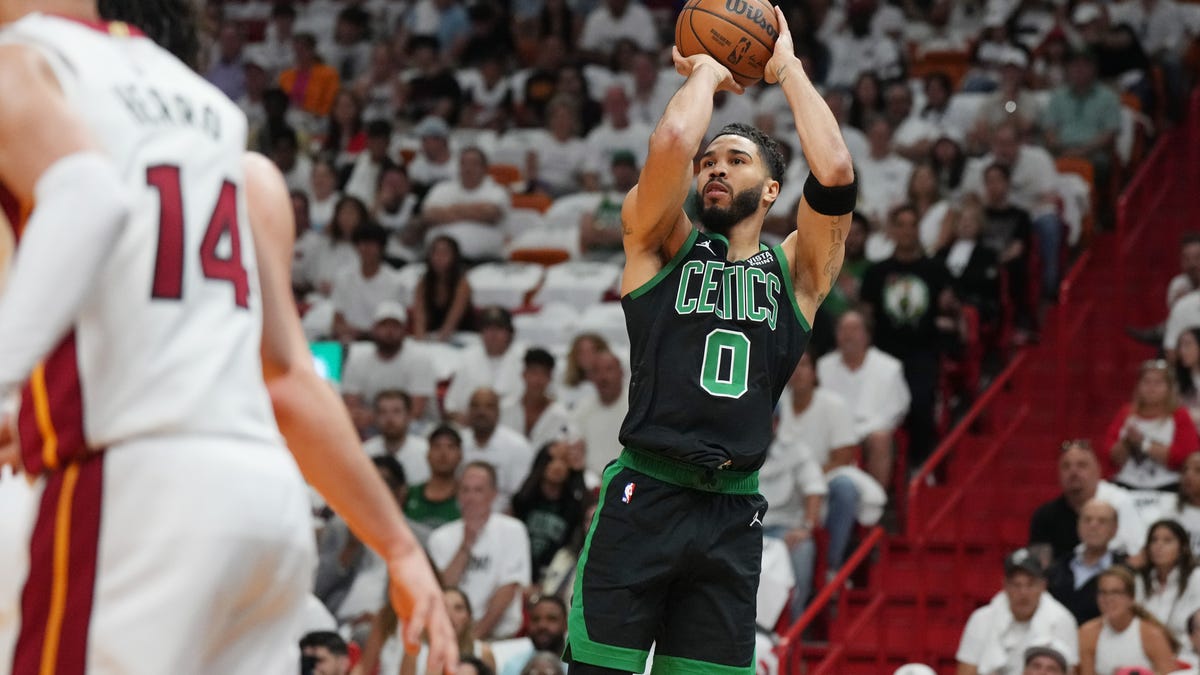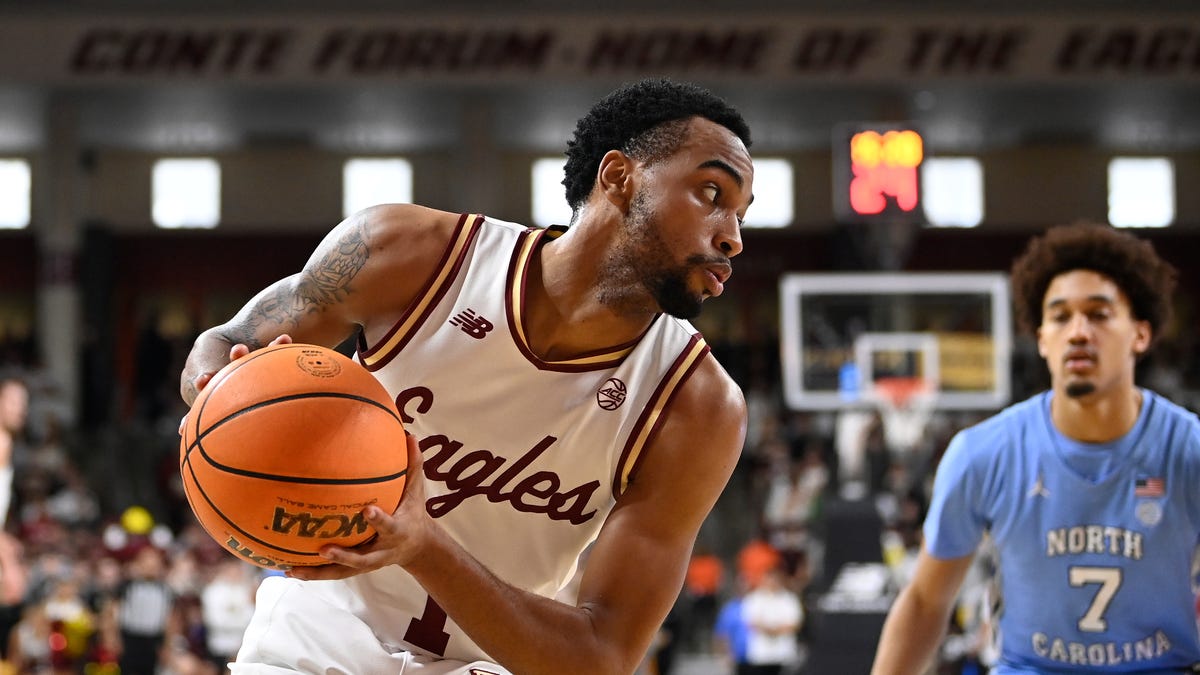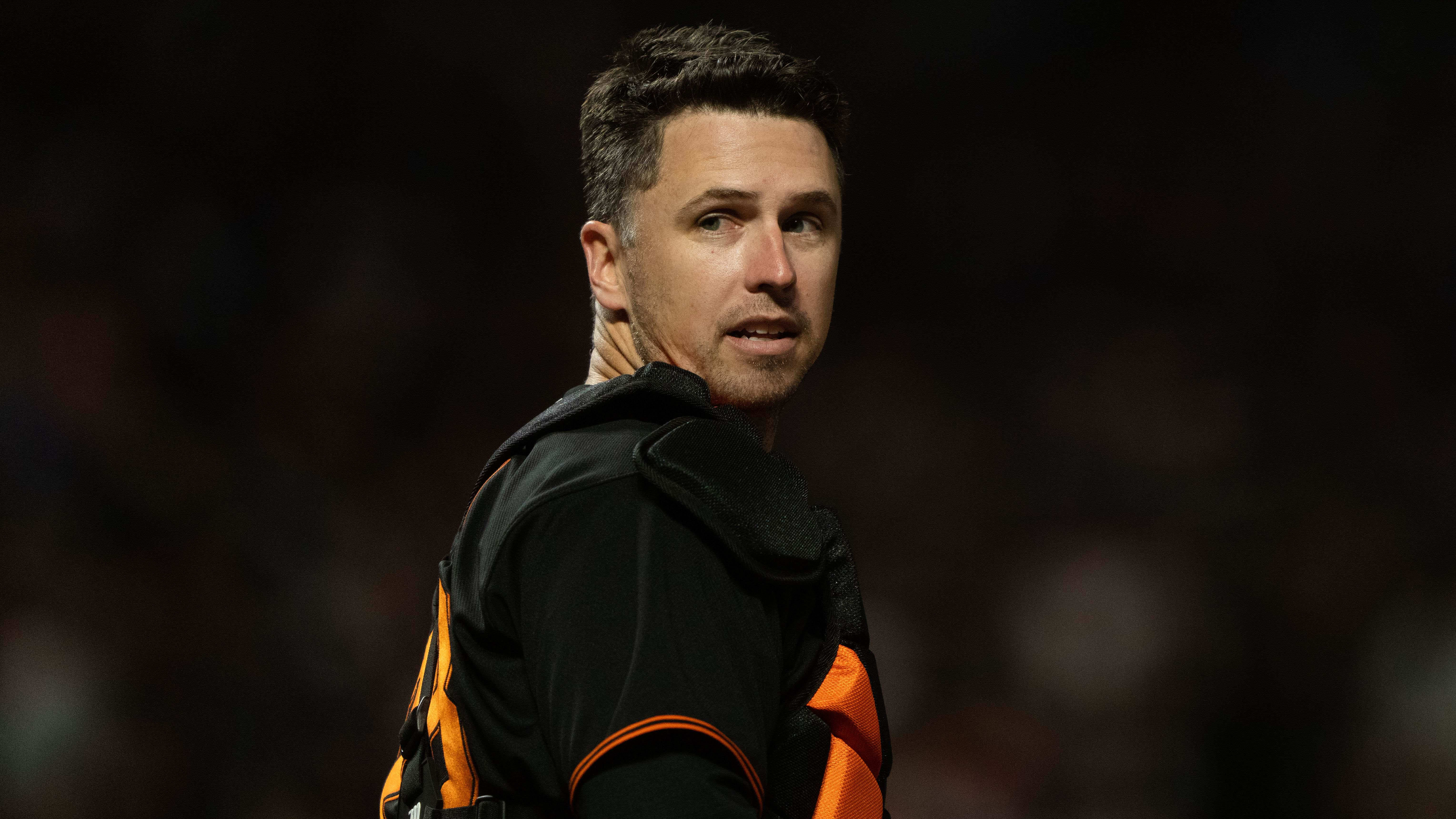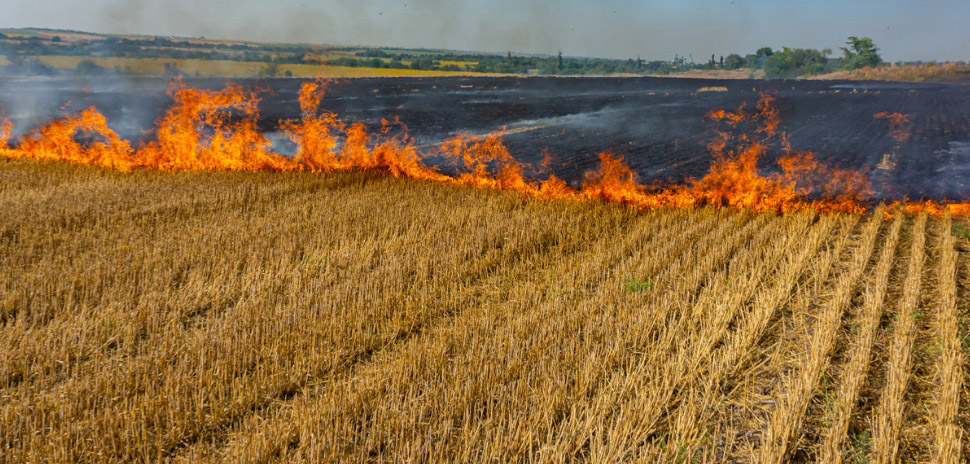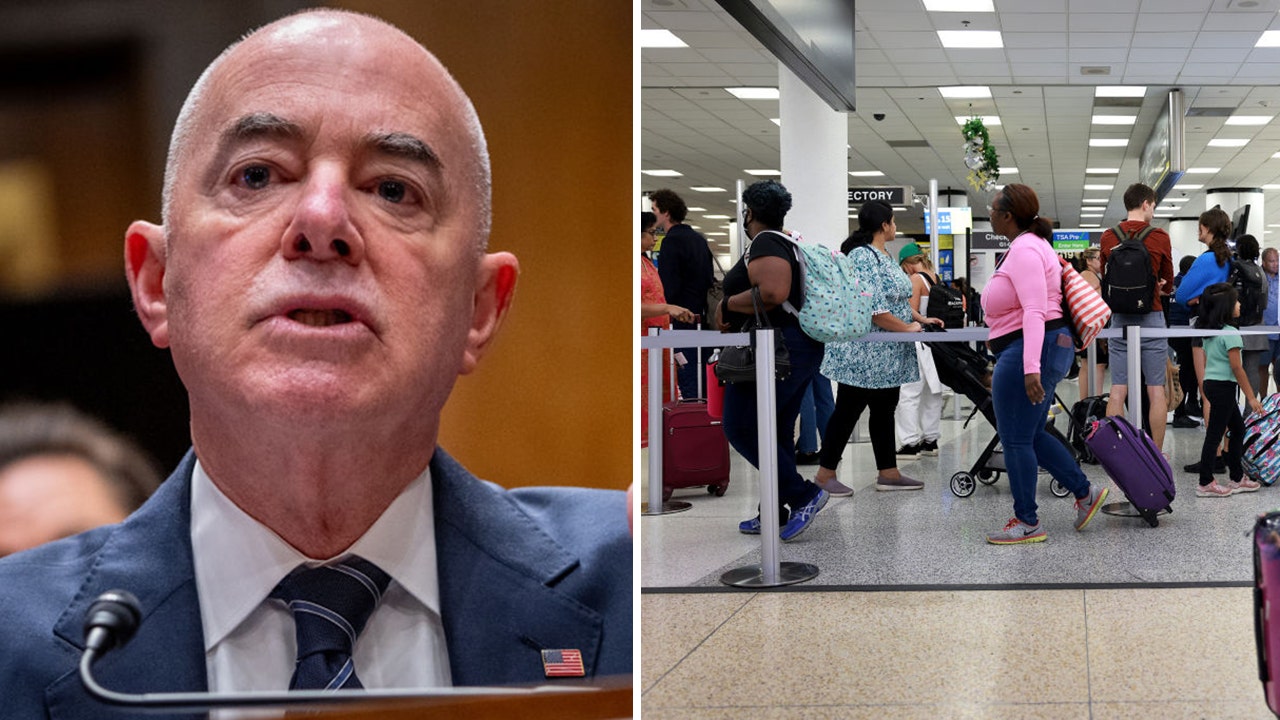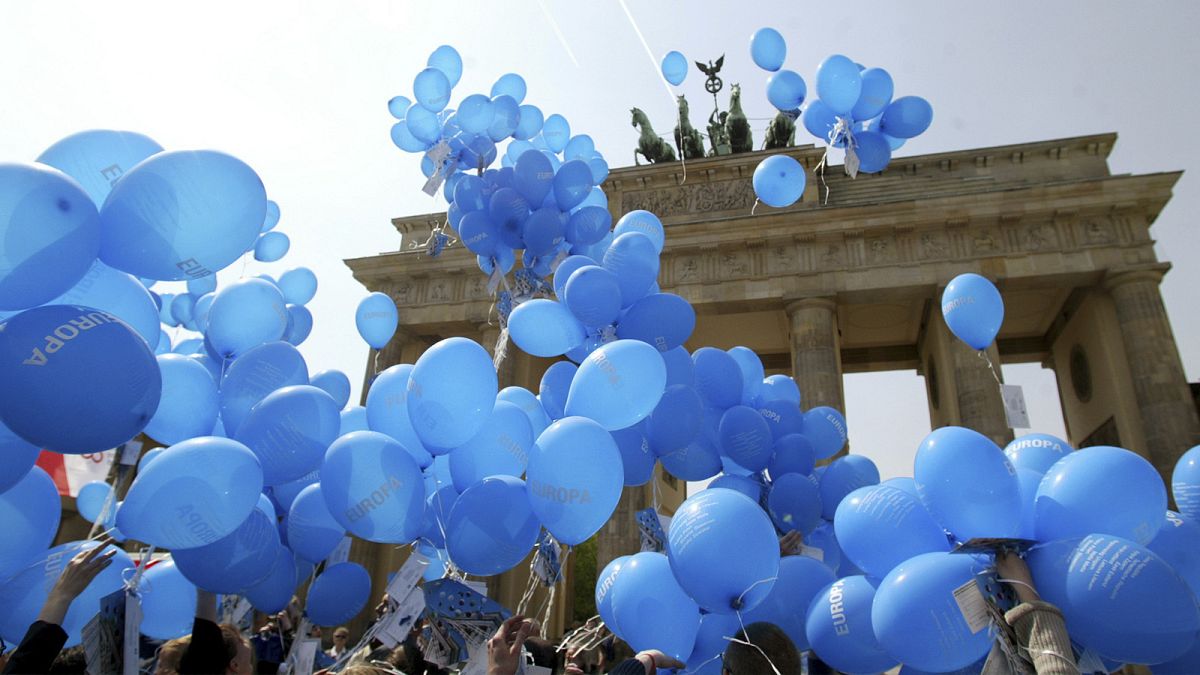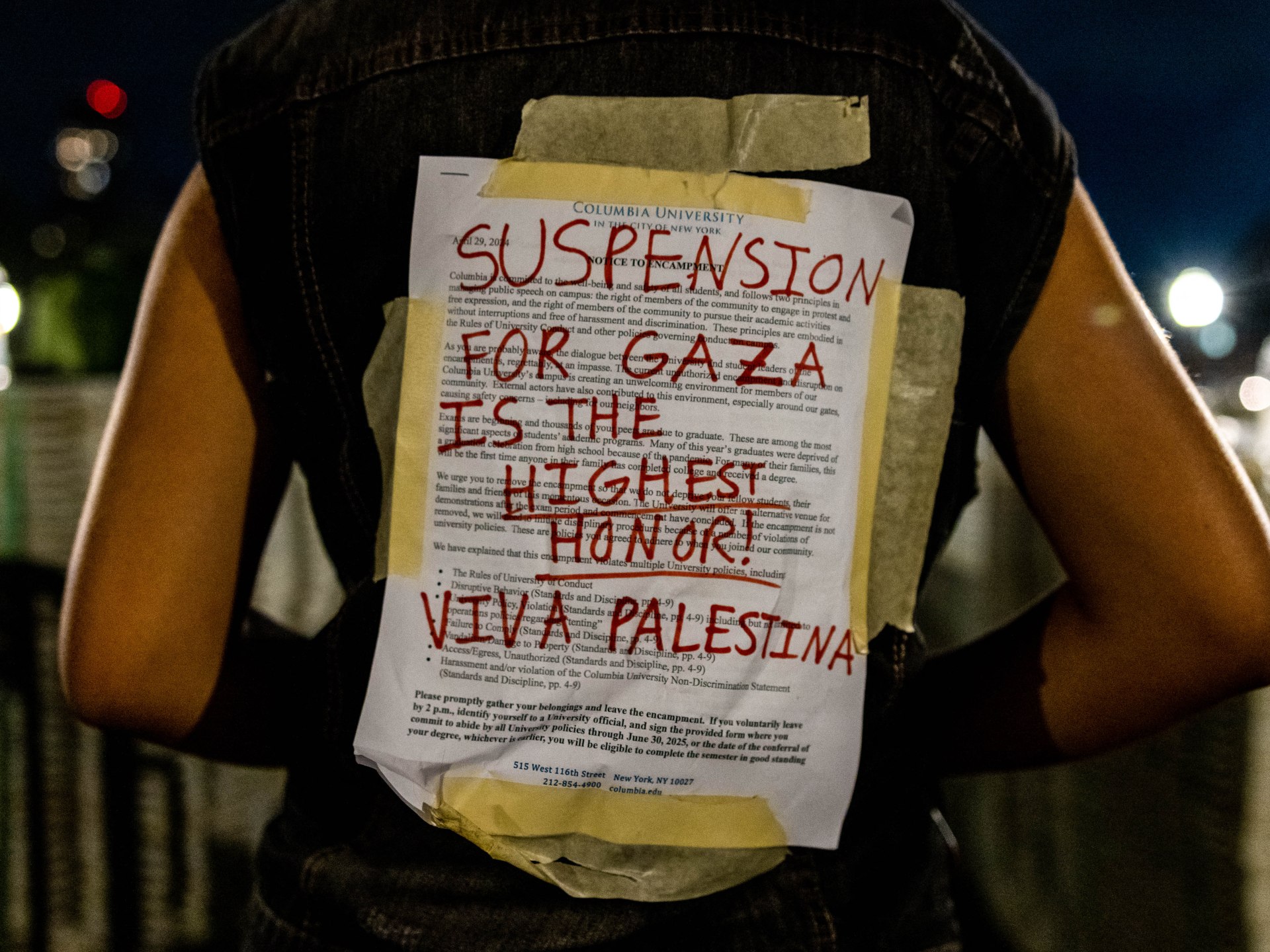Boston, MA
Massachusetts native turns ocean plastic into umbrellas
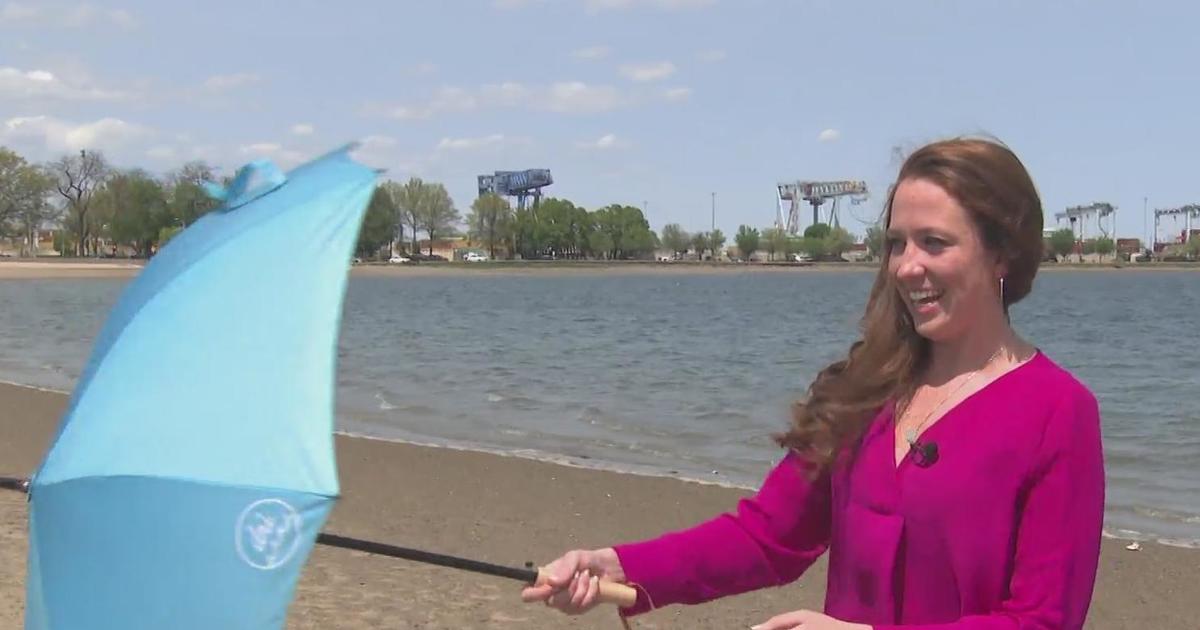
BOSTON – New England is known for all types of weather, and living here, we encounter some of the best and some of the worst.
“I was on my way to work in Boston, my umbrella had flipped inside and out and snapped,” Massachusetts native Deirdre Horan explained.
From that moment, Horan was not discouraged but inspired to develop an eco-friendly product.
“I had just learned about ocean plastic, and as I was throwing the umbrella away, I remembered you can make polyester from recycled plastic bottles,” Horan said. “I had no plans to be an entrepreneur. But ultimately, I thought the cause was worthy enough.”
On a windy, rainy day, Horan showed a sea-cycled umbrella, a product from the company Dri, which she founded.
“This is a crowd favorite – the turtle – good test on a windy day,” Horan said while battling the onshore wind from Boston Harbor. “So, the canopy is made out of 100% ocean bound plastic.”
Really garbage – plastic waste and bottles that end up on beaches and in waterways impacting the water we drink, the air we breathe and the food we eat.
“It’s disproportionately impacting people that live in southeast Asia, who rely on seafood as their primary source of protein,” Horan explained. “These people in these countries have to deal with plastic waste that often isn’t theirs. It’s ours or other countries’, but they don’t have the waste management infrastructure to deal with it.”
Most plastic waste is managed and recycled within countries but exporting it helps manage the cost of plastic emissions and reduce pressure on landfills and recycling facilities. According to an analysis of the U.S. Census Bureau export data, the United States exported 1.21 billion pounds of scrap plastic in 2021 with some of that plastic waste sent overseas.
“So, we pay local workers in those areas to clean up the plastic from beaches, coastlines and riverways to prevent it before it enters the sea,” Horan said.
The plastic bottles are then sent to recycling centers, sorted, cleaned and from there cut into small pieces to turn into a specialized yarn that is then turned into the canopy of the umbrella. Each Dri umbrella consists of eight plastic bottles plus other eco-friendly materials from the tip to the handle.
“This canopy here is what’s made of our ocean-bound plastic; the tip is what’s made of aluminum. We have the shaft that is made out of stainless steel and the bamboo handle here, which is one of my favorite features,” Horan said proudly.
The first of its kind, a sustainable umbrella that helps protect our ocean. To get the company going, Horan started a Kickstarter campaign that runs through May 21st.
“I think humans as a whole understand climate change, and we know there are individual actions you can take, and I just wanted to present Dri umbrellas as an option,” Horan said.

Boston, MA
The Latest on Celtics’ Center Kristaps Porzingis’ Calf Injury Timetable

On Monday night at the Kaseya Center, the Boston Celtics took a commanding 3-1 series lead in their first-round rivalry clash with the Miami Heat.
While Derrick White delivering a career-high 38 points, burying 8/15 (53.3%) of his shots from beyond the arc, was the highlight of the evening for the visitors, the low point and most concerning development was Kristaps Porzingis departing Game 4 with 2:27 left in the first half.
The seven-foot-three center stepped on Tyler Herro’s foot while trying to get around him for an offensive rebound. After hobbling, he gingerly trotted down the floor.
Shortly after that, the Latvian native went into a dribble hand-off with Jaylen Brown, but his right calf tightened up. He then asked to come out of the contest, putting his face in his jersey in frustration as he went to the locker room.
Following Boston’s 102-88 win, ESPN’s Adrian Wojnarowski reported the early indications is Porzingis did not suffer an Achilles injury. After undergoing imaging, the Celtics ruled him out for Game 5 on Wednesday due to a right soleus strain.
That’s the same ailment Giannis Antetokounmpo sustained on Apr. 9 during the Milwaukee Bucks’ 104-91 victory vs. the C’s. The two-time MVP is yet to return.
Sports and family medicine physician, Dr. Jesse Morse, projects that it will likely take two-to-three weeks for him to return if the injury is mild.
As Boston moves forward without Porzingis, first focusing on trying to punch its ticket to the second round as quickly as possible, it will rely more on Al Horford, Luke Kornet, and Xavier Tillman Sr.
It helps that Horford was a member of the Celtics’ closing lineup for the last two postseason runs, which includes their 2022 trip to the NBA Finals.
Having a seven-foot-two center well-versed in their system and a six-foot-eight, 245-pound option who’s done well guarding the likes of Anthony Davis in the playoffs will also help them absorb Porzingis’ absence.
And as Celtics radio play-by-play broadcaster Sean Grande noted, Boston has played more minutes this year with the former All-Star center off the floor (57.4% of them) than on. In those minutes, the C’s have registered an impressive +11.8 net rating), which tops their +11.2 mark with him on the court.
Those numbers came from contests that included two wins against the Philadelphia 76ers, a 52-point blowout of the Golden State Warriors, a pair of victories vs. the Phoenix Suns, and an overtime triumph against the Minnesota Timberwolves. There was also a 128-111 win over the Orlando Magic, who Boston might face in the second round.
Another option the Celtics may utilize is playing Jayson Tatum at the five. The six-foot-eight star forward can guard many of the centers in today’s NBA. And when Boston, working without its top three players at the pivot, went small in that 17-point victory against the Magic at TD Garden, the hosts ran Orlando off the floor.
Tatum spending time at center is something Joe Mazzulla could tap into as early as Game 5 against the Heat as the Celtics aim to send the defending Eastern Conference champions on summer vacation.
Boston, MA
Ask Dave Epstein: When will lilacs bloom in Boston?

Meteorologist Dave Epstein is our go-to person for pressing weather questions on everything from winter blizzards to summer droughts. He’s also a horticulturist, meaning he’s an expert in anything that grows leaves and flowers. GBH’s Morning Edition asked our audience for weather and gardening questions, and Epstein graciously answered them on the air.
Have a gardening or weather question for meteorologist Dave Epstein? Tweet him @GrowingWisdom, email us at thewakeup@wgbh.org, or text 617-300-2008.
What flowers are blooming around Boston right now?
Flower lovers can chart the progression of spring with the blooms they see lining gardens, parks and arboretums, Epstein said.
Early April brings some bright yellow daffodils. As the month goes on, there are later daffodils and jonquils.
As we ring in May, Epstein said to keep an eye out for tulips.
“And there’s still some flowering trees like dogwoods are starting to come on at this point, which is really nice,” he said.
After that, he said, look for lilacs, azaleas and rhododendrons in bloom.
His tip: Most people will look for lilacs on Mother’s Day weekend, which this year lands on May 12. It’s typically a busy day at the Arnold Arboretum in Boston, the Frederick Law Olmsted park that celebrates the fragrant blooms with an annual Lilac Sunday, coinciding with Mother’s Day.
“But actually the week before, which is next weekend, I tend to really like because a lot of them will be open by then,” Epstein said.
What should go in the garden in early May?
Epstein is preparing onion plants and leeks, he said. He also suggested potatoes.
But gardeners looking at warmer-weather crops, like tomatoes, peppers and basil, should hold off for now, he said.
“I would hold off on tomatoes for another 7 to 14 days,” he said. “No, there’s no frost, but the cool wet pattern kind of promotes disease and the plants don’t really get established. So you really want to wait to put those warm weather crops and tomatoes, peppers, basil, especially until mid to late May.”
Those who wait could be rewarded with a speeder crop, he said.
“If you did some research and planted stuff May 1st and planted stuff May 21st, the May 21st stuff would catch up, if not surpass the earlier stuff because the earlier stuff just lingers,” Epstein said. “So don’t rush it.”
Subscribe to The Wake Up
Boston, MA
Boston rats aren’t going anywhere. You might not love the solution. – The Boston Globe

Whether or not Bostonians are seeking out rats this way, the public does notice them. Rat complaints made to the city’s 311 system for non-emergency service requests soared during the pandemic, the Globe has reported; last year, the city logged 3,949 reports of the rodents. In November, a Seaport rat boldly ran up a man’s leg. In January, a rat ended up in someone’s toilet in Somerville.
Boston has responded, the way many cities do, with brute force: poisons, dry ice, bait boxes, snap traps, and other methods. City Councilor Ed Flynn has called for the establishment of a pest control department or for the city to have its own rat czar. Additional support is a good idea, but it won’t change the fact that extermination measures are labor-intensive and often ineffective, and rat poisons can kill owls, eagles, and other raptors, nature’s exterminators.
There is an alternative to all this, and it involves a fundamental shift in how we think about — and relate to — our furry neighbors: Cohabitation.
This sounds like a call for mayhem, but hear me out. Bostonians are already living with the rats — on their terms. It’s time to think about what our terms are, and what a livable future for both species looks like.
Paris has made headlines for floating this very idea. The city has been studying cohabitation since 2021, including assessing the true health risks rats pose and how to counter the prejudices people harbor against them.
“What we’re doing now is obviously not working,” says Kaylee Byers, an assistant professor in the faculty of health sciences at Simon Fraser University who has extensively studied the rat population in Vancouver. “Part of that is that our current approach has been ‘see a rat, kill a rat.’”
This method is inefficient, she says, because extermination rarely removes all of the rats from a population, and the reproduction rates of rats with access to food and water are so high that they’ll replace themselves in no time. Meanwhile, getting rid of one group of rats can just create prime real estate for another group to move in.
Marieke Rosenbaum, an assistant professor and research veterinarian at Tufts University’s Cummings School of Veterinary Medicine, says many people have an exaggerated idea of the health dangers brought by rats. “They can carry and transmit diseases we can catch,” she acknowledges, “but the reality is that, at least in most North American cities, [transmission] doesn’t happen with high frequency.” However, some populations, such as the unhoused, can be at increased risk, Rosenbaum adds.
There’s no doubt that diseases from rats can be dangerous. New York City has seen a spike in cases of leptospirosis, a bacterial disease that can be passed from animals to humans and, when untreated, can potentially be fatal. (The bacteria that causes the disease can be found in the urine of infected rats, and passed to people when handling garbage, or through contact with contaminated water or soil.)
But Byers says the emotional toll of dealing with rats, especially in the home, can cause very real mental health effects as well. “They can cause stress and anxiety,” she says. “People that I’ve spoken to have mentioned helplessness and hopelessness.”
People often have these reactions because we associate rats with unsanitary conditions, and for good reasons.
“There’s a saying in the pest control industry that the best defense against a rat is a good trash can,” Rosenbaum says. Rats are “opportunists,” she explains, and because of how quickly humans in urban environments produce sumptuous, Michelin Star garbage, their populations directly track with ours.
Managing the rat population, experts say, will require cities to change. Properly disposing of waste will not only bring the number of rats down, it will also protect people from potentially dangerous contact with them. If there are fewer rats rooting around in our trash, then more people might be receptive to thinking of them less as pests, and more as urban wildlife, like squirrels.
For those still effusively anti-rat, it’s important to be realistic about what our end goals are. Rats are part of urban ecosystems.
“The ideal is to get them to a level where they’re not disturbing people, and causing any sort of emotional or physical or health-related risks,” Rosenbaum says, “but we’ll never be able to eradicate them.”
If rat numbers are manageable, then I suspect more people (like me) will find the occasional rat appearance amusing, and not terrifying. Maybe. That would be ideal, because they aren’t going anywhere.
“They’re really resilient. They can rebound really fast if you knock them down,” Rosenbaum says. “I think that they are going to out-survive us on this planet.”
Lauren Hunt is a freelance writer and graduate student based in Boston. Send comments to magazine@globe.com.
-

 Education1 week ago
Education1 week agoVideo: Dozens of Yale Students Arrested as Campus Protests Spread
-

 World1 week ago
World1 week agoEU sanctions extremist Israeli settlers over violence in the West Bank
-

 World1 week ago
World1 week agoShipping firms plead for UN help amid escalating Middle East conflict
-

 Politics1 week ago
Politics1 week ago'Nothing more backwards' than US funding Ukraine border security but not our own, conservatives say
-

 Politics1 week ago
Politics1 week agoDemocrats hold major 2024 advantage as House Republicans face further chaos, division
-

 Politics1 week ago
Politics1 week agoFetterman hammers 'a–hole' anti-Israel protesters, slams own party for response to Iranian attack: 'Crazy'
-

 World1 week ago
World1 week agoPeriod poverty still a problem within the EU despite tax breaks
-

 Politics1 week ago
Politics1 week agoA battle over 100 words: Judge tentatively siding with California AG over students' gender identification


